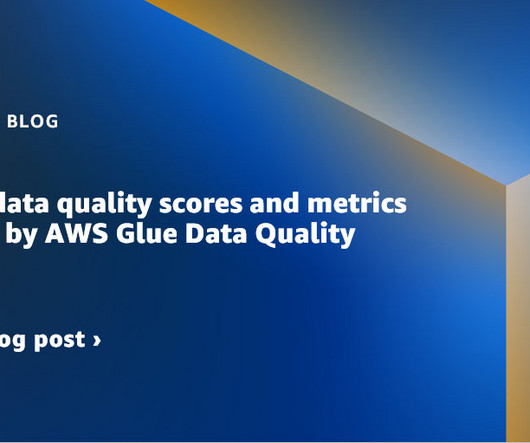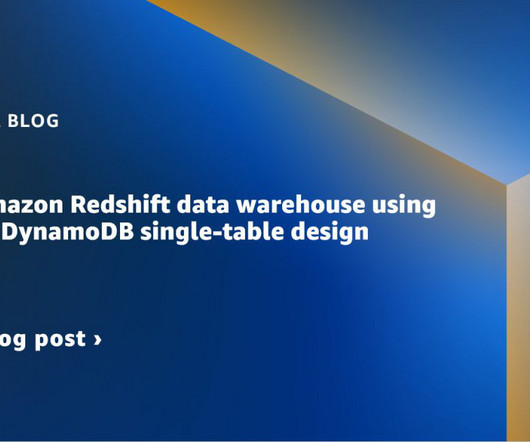Visualize data quality scores and metrics generated by AWS Glue Data Quality
AWS Big Data
JUNE 6, 2023
It’s important for business users to be able to see quality scores and metrics to make confident business decisions and debug data quality issues. AWS Glue Data Quality generates a substantial amount of operational runtime information during the evaluation of rulesets. Avik Bhattacharjee is a Senior Partner Solutions Architect at AWS.














Let's personalize your content